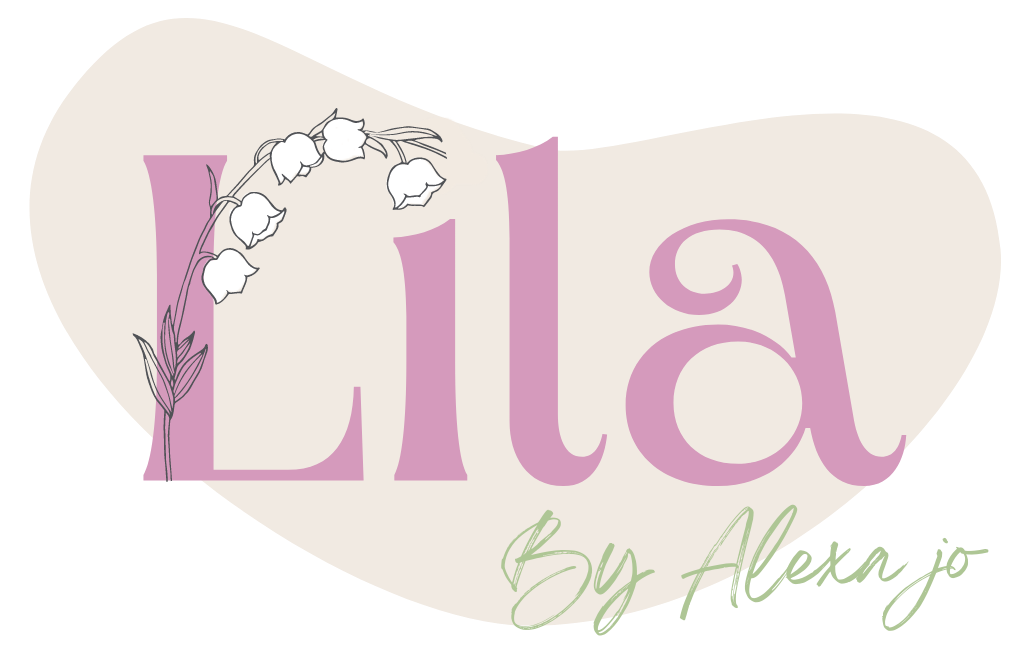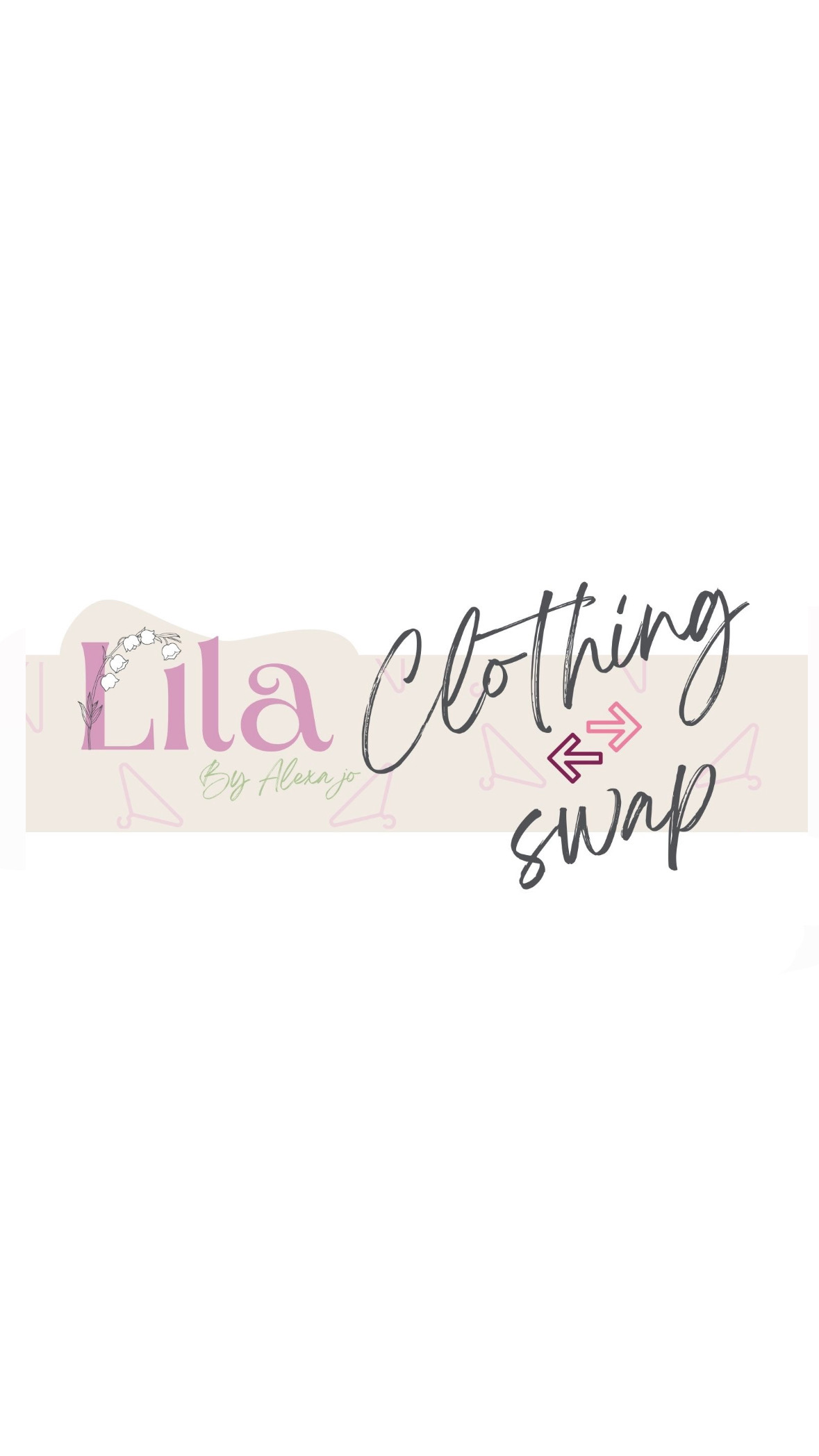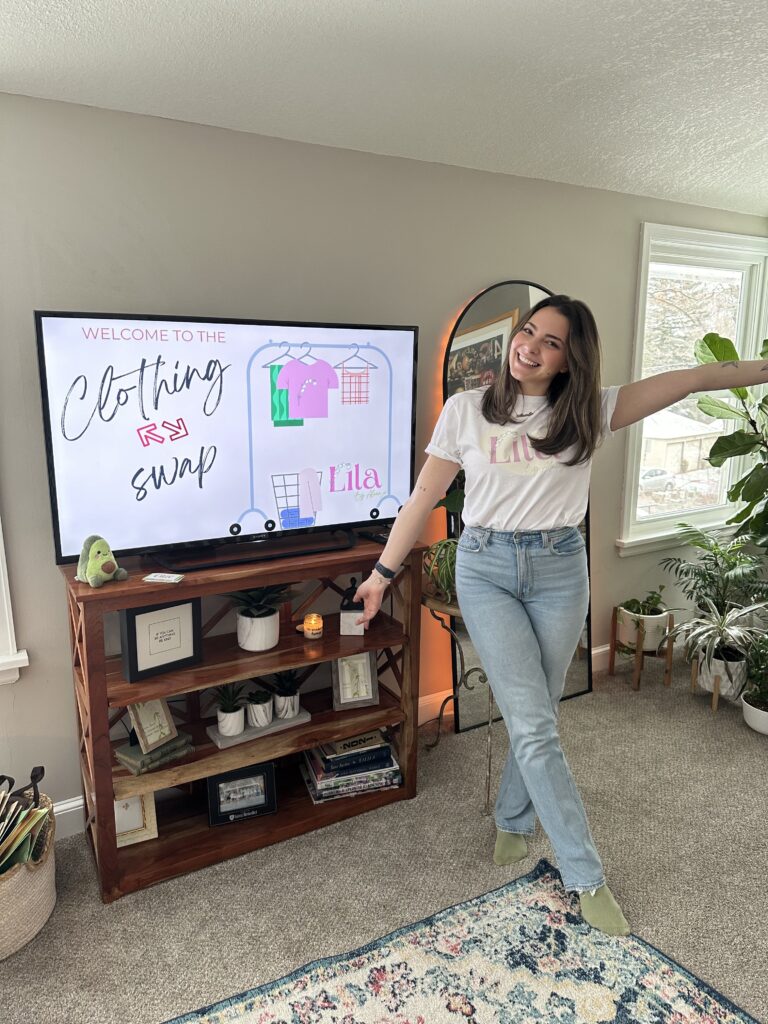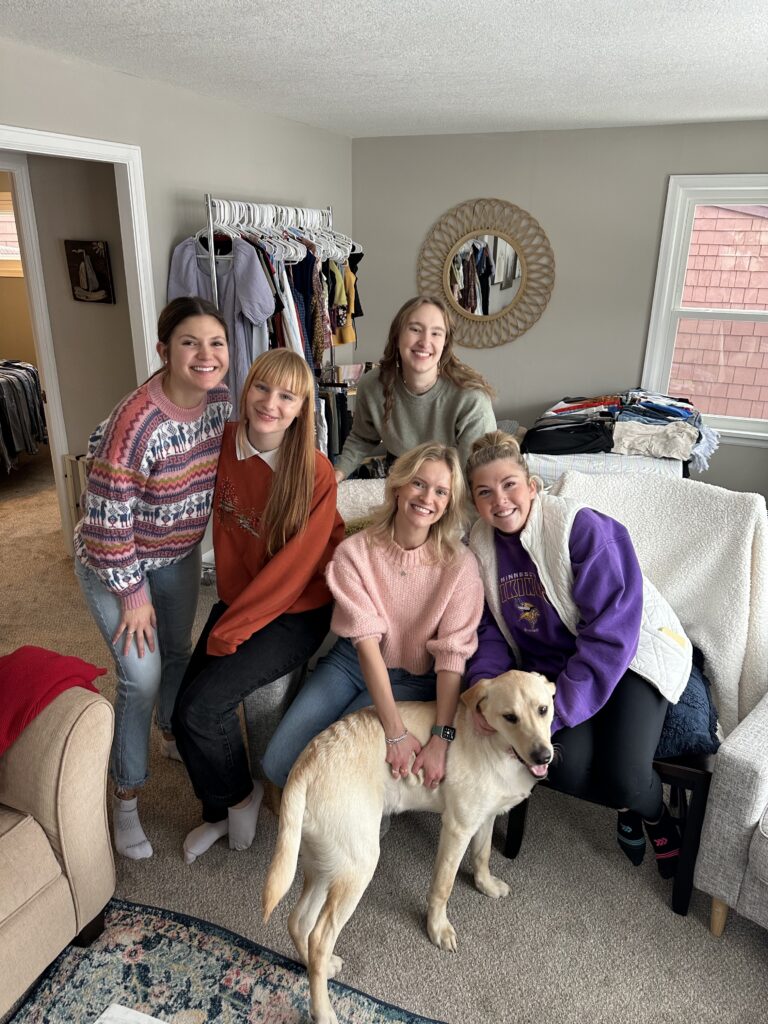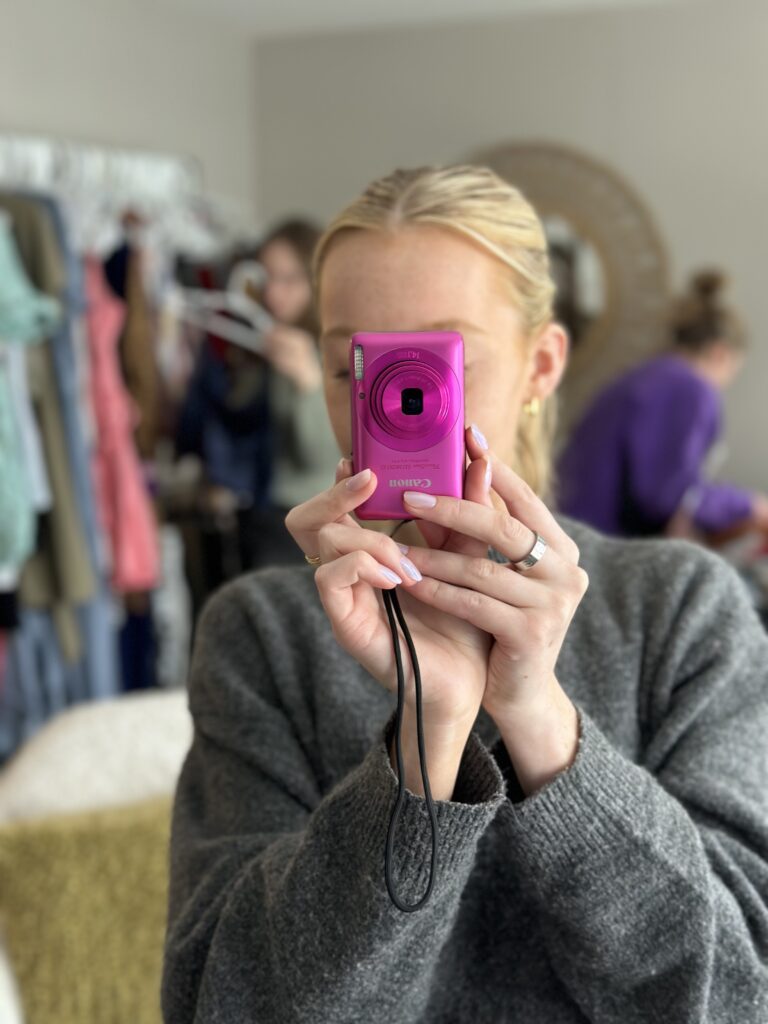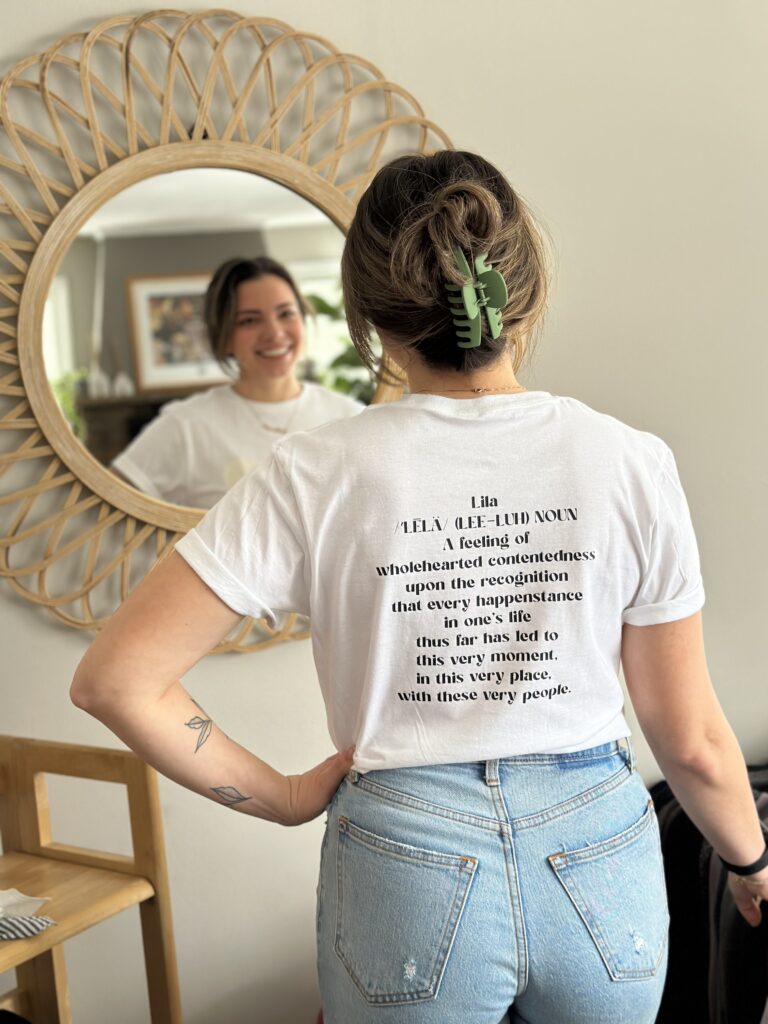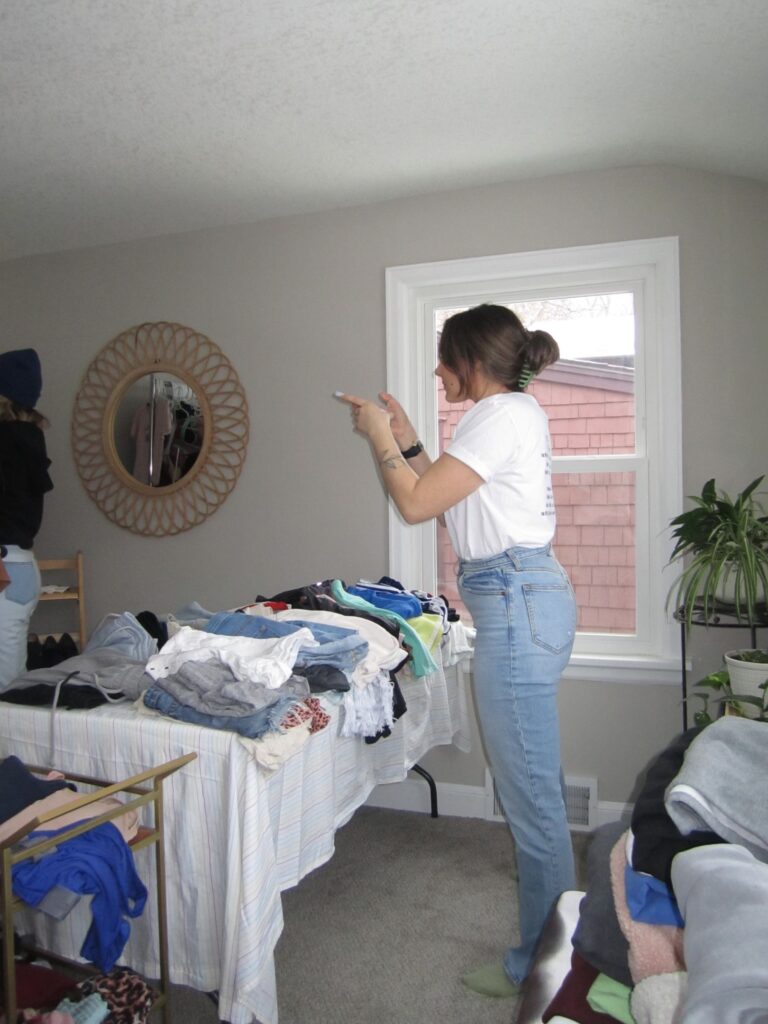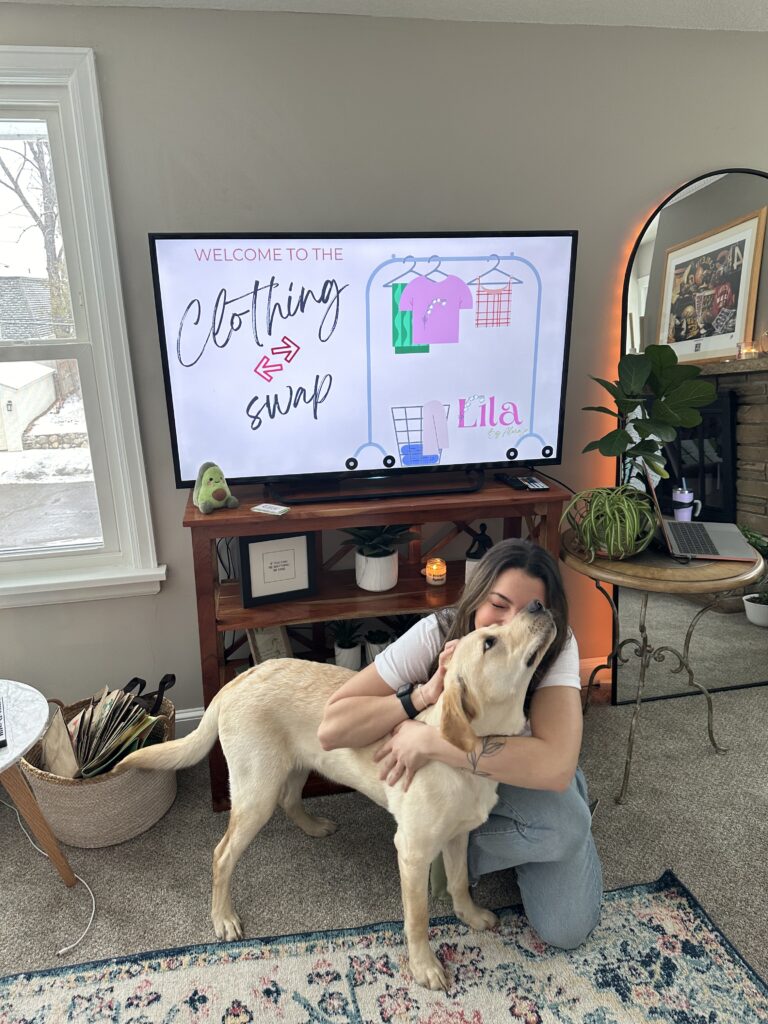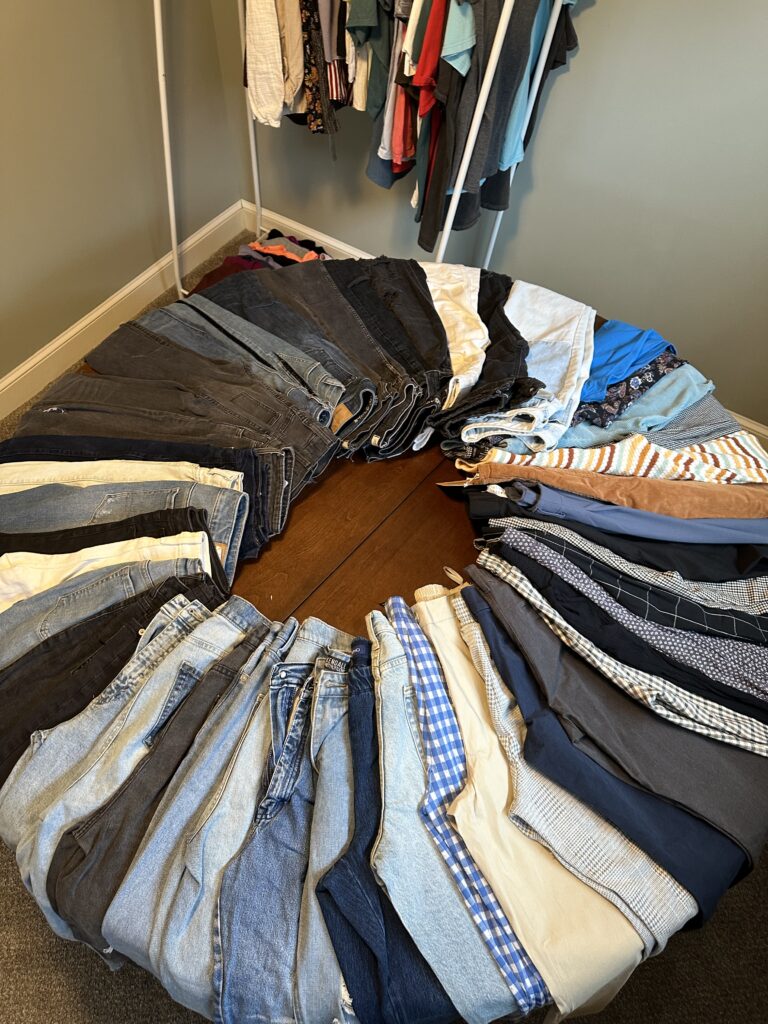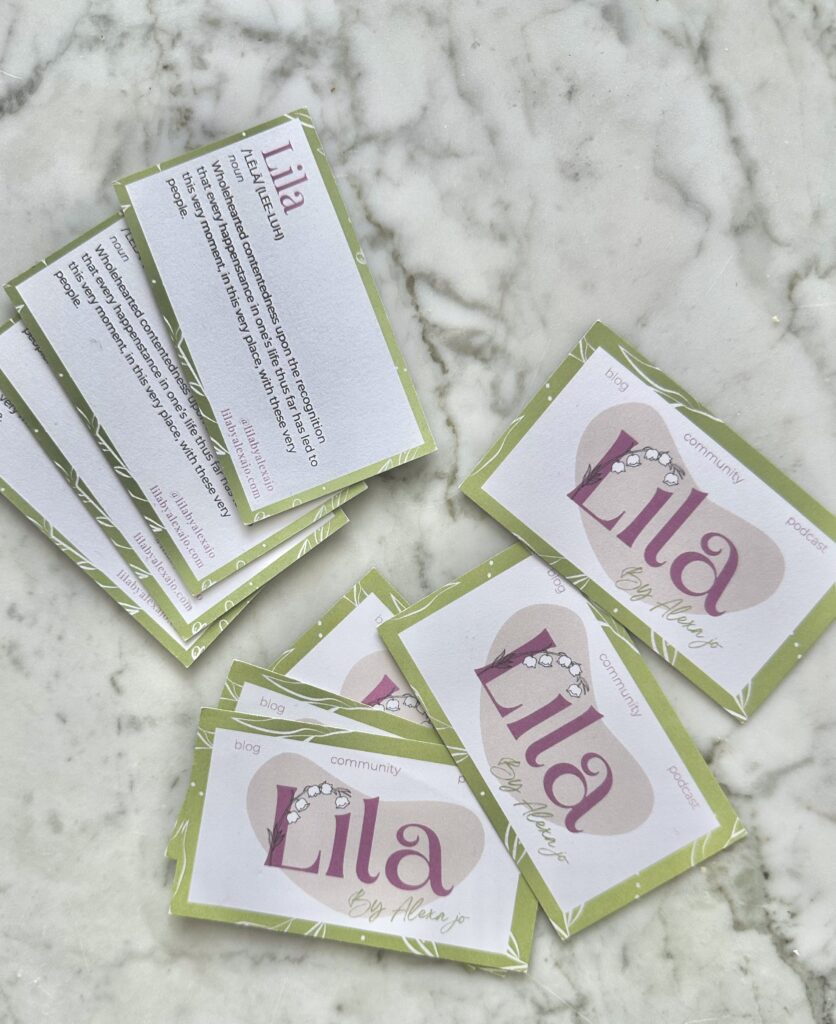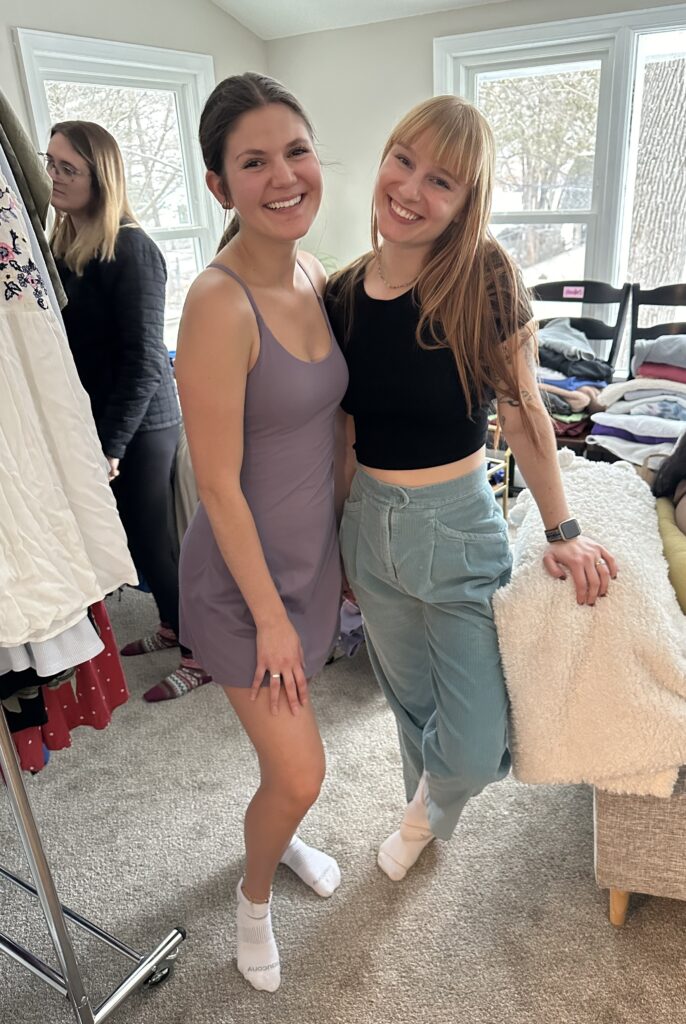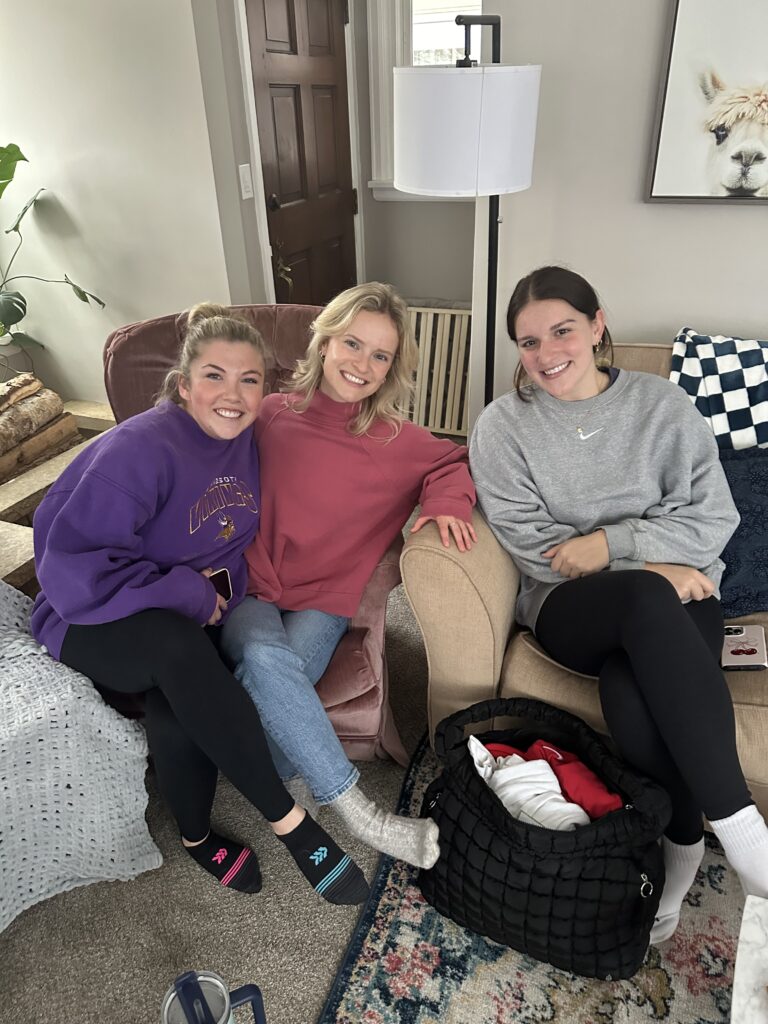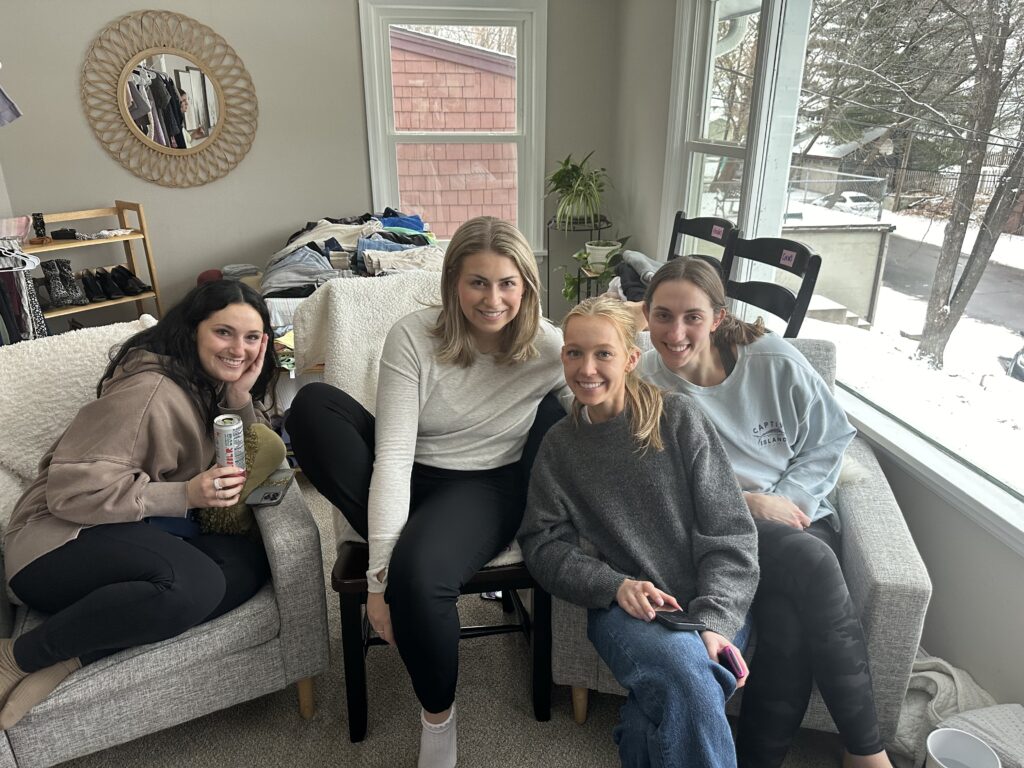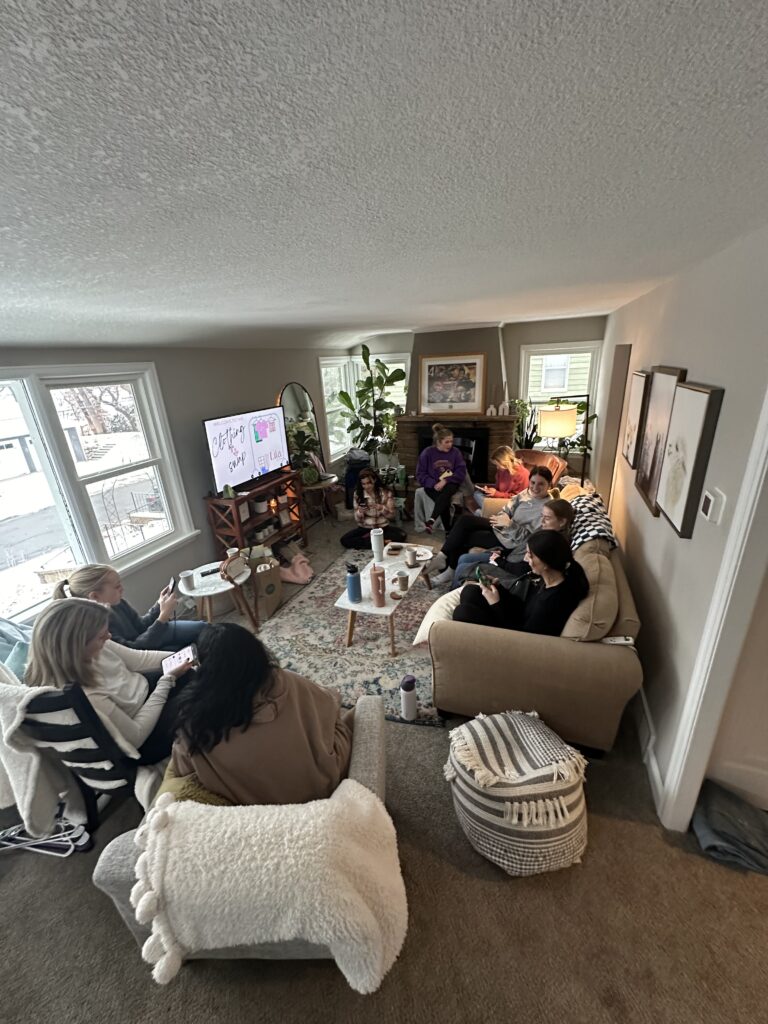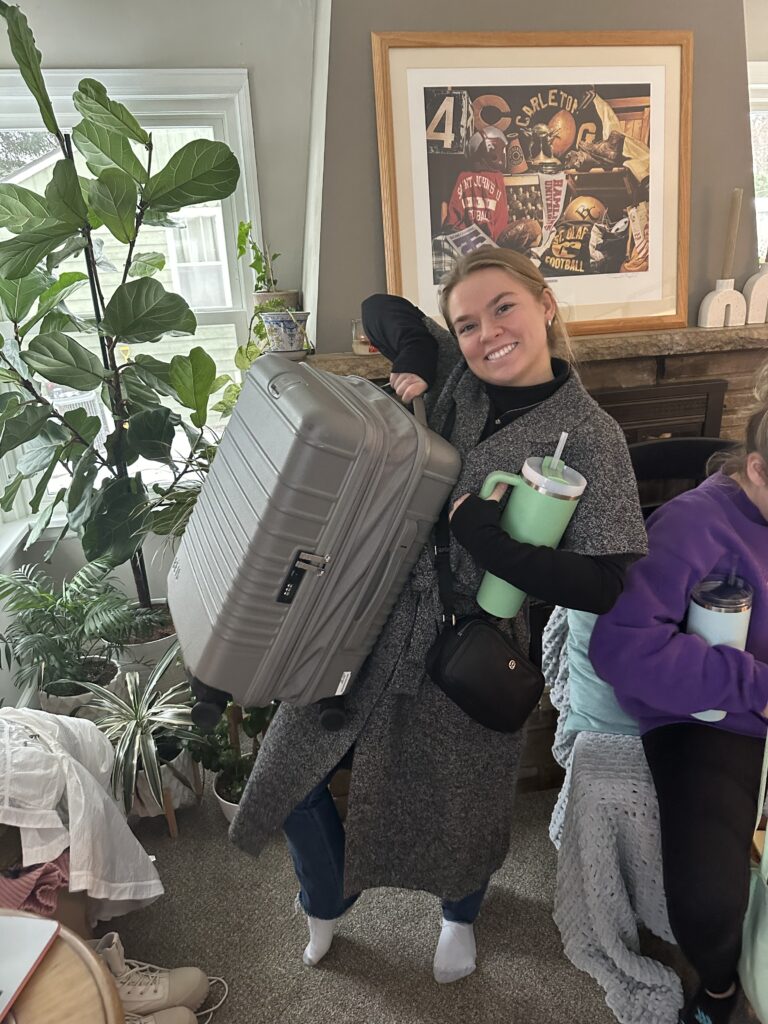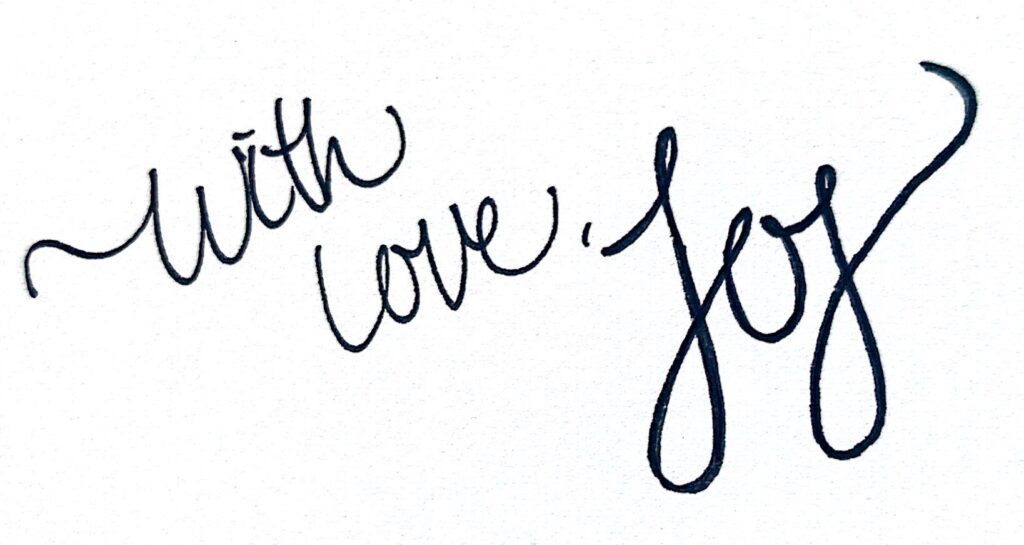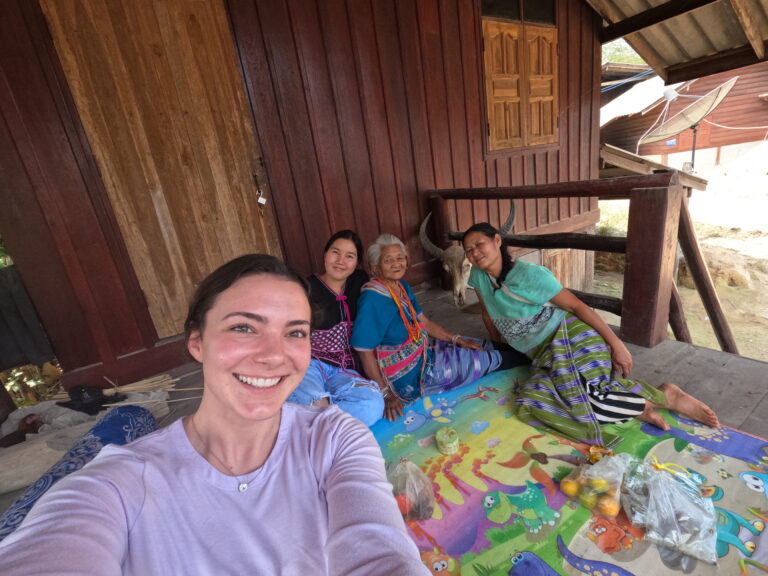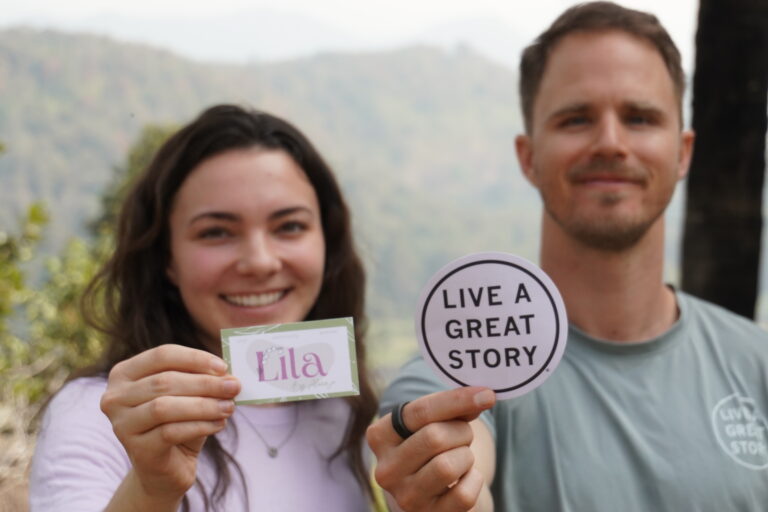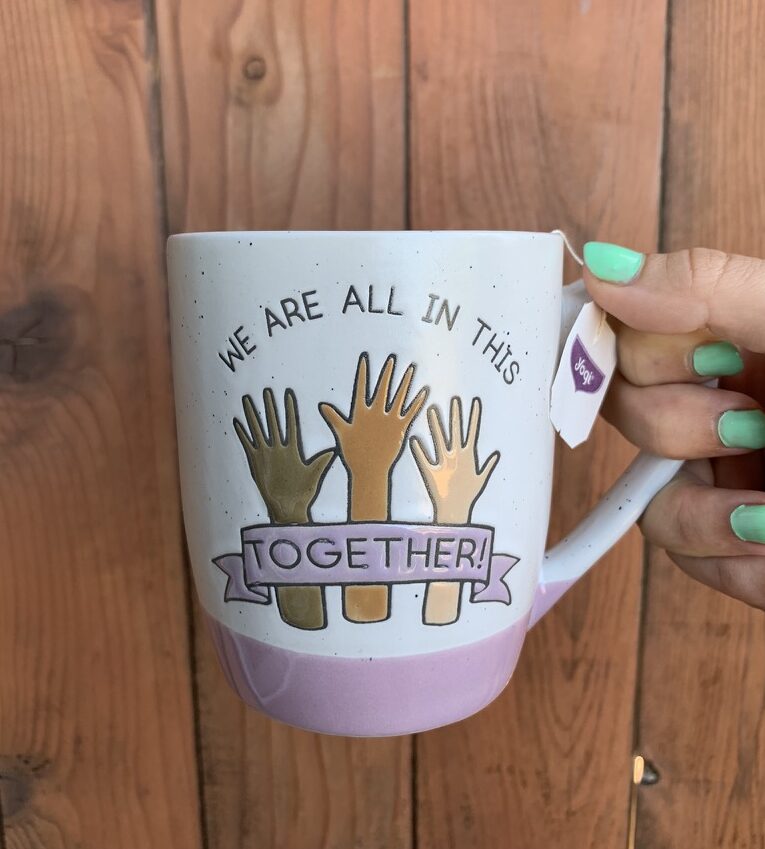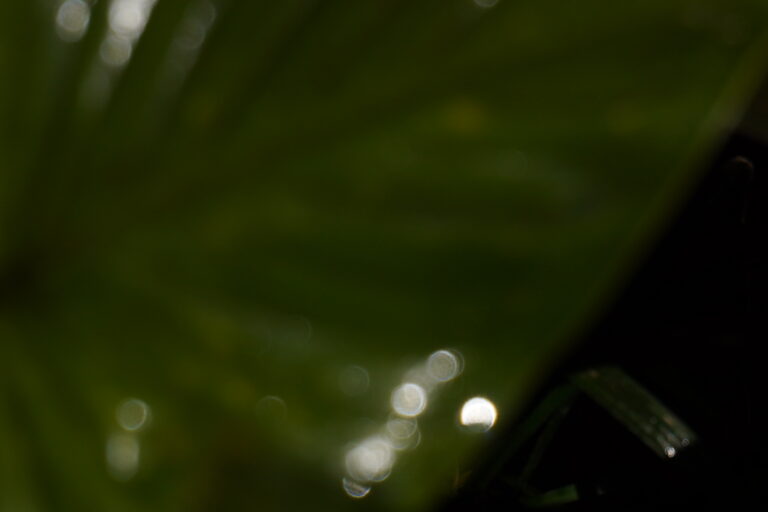Lila’s First Event: A Clothing Swap
Did someone say the first ever Lila event?!
I did!!!
In January of 2024 we held the first ever Lila community event, a big part of the mission of this brand. Essentially, I want to do good, generate discussion about social causes, build community, and talk about real life shit. When I go to plan an event I think, how is this carrying out the mission? This one fulfilled all of those things and I’m so excited to share. Let’s dive in.
First things first…
What’s a clothing swap?
A clothing swap is exactly what it sounds like!
Everyone brings clothes they don’t want anymore and swap with other people. I got the idea from an event I went to when I was living in Hawaii. Ladies all over the island brought their unwanted items and we threw me in a big pile in the middle of the room. Everyone just kinda got on their hands and knees and dug through. It was awesome! One woman’s trash is another’s treasure. I loved the idea, but I wanted different delivery. I thought, this would be great to do as a brand event.
How did it work?
So here’s the thing, I don’t half-ass anything. I was thinking about the vibe as a whole and what makes a good shopping experience. I wanted it to be more like shopping rather than swapping. I didn’t want to do item for item or bargaining or trying to switch with someone but they don’t want what you have etc.
I simply had one option: turn my living room into a boutique.
I cleared out my dining room, rearranged the furniture and set up a few clothing racks. Hundreds of hangers and hours (maybe not hundreds, but a LOT) later, I created something I felt proud of. I got some snacks and treats set up in the front (because obvi you need refreshments) and we were ready to go. Upon arrival, the girls handed over their bags of “rid-of” items which a few of my friends volunteered to help hang up, fold, and organize. I tried to get people’s donations ahead of time but you know how it goes, doesn’t always work out. I’m super grateful for the help I had on the day-of! I started off by speaking a bit about Lila as a brand, the purpose and importance of events like this, and how they can support. After that, it was free rein to shop! I was so happy to see everyone modeling their new finds, hyping each other up, and making new friends. It was a total celebration of girlhood. We had the best time which made every effort I put into it worth it.
a total celebration of girlhood
so… what’s the point?
(There are so many reasons to do a clothing swap)
The common ground
Look, we all have closets that are fuller than they need to be. There are certain things hanging in my closet that I KNOW I will never reach for when getting dressed, but simply can’t seem to say goodbye to. Maybe I paid a lot of money for it and throwing it in a goodwill bin feels painful. Maybe it doesn’t fit quite right anymore but I’m hoping someday it will again. Maybe it’s super cute but far too uncomfortable. Maybe my style has shifted or it reminds me of a time I’d rather move on from (I’m talking to you college crop tops and depression hoodies). Whatever it is, we’ve all got these pieces. But if you’re not wearing it, all it’s doing is adding clutter to your life. Clothing swaps are great because you know wherever it ends up, it will be used and loved. It won’t sit in a landfill. You can see a friend’s face light up when they slip on that dress you’ve let collect dust in your closet for 2 years. And best of all, you may be getting rid of a nice item, but you’re likely getting a different nice item you’ll *actually wear* in return.
The environmental issue
Fast fashion is booming. Super trendy and low-quality garments are sold at incomparably low prices. The truth is these items are so cheap because workers are exploited in low-income countries. People buy insane amounts of clothes with intents to wear them once and toss them. The fashion industry in general is one of the most pollutive industries. A lot of clothing these days is made from synthetic fabrics that will take centuries to break down as opposed to natural fibers like cotton or linen.
It’s calculated that between 80-100 billion clothing garments are produced every year. In addition, 92 million tons of textile waste end up in landfills every year. The Center for Biological Diversity created the infographic I’ve tossed in here and this article from The Round Up has really shocking but good info on the topic.
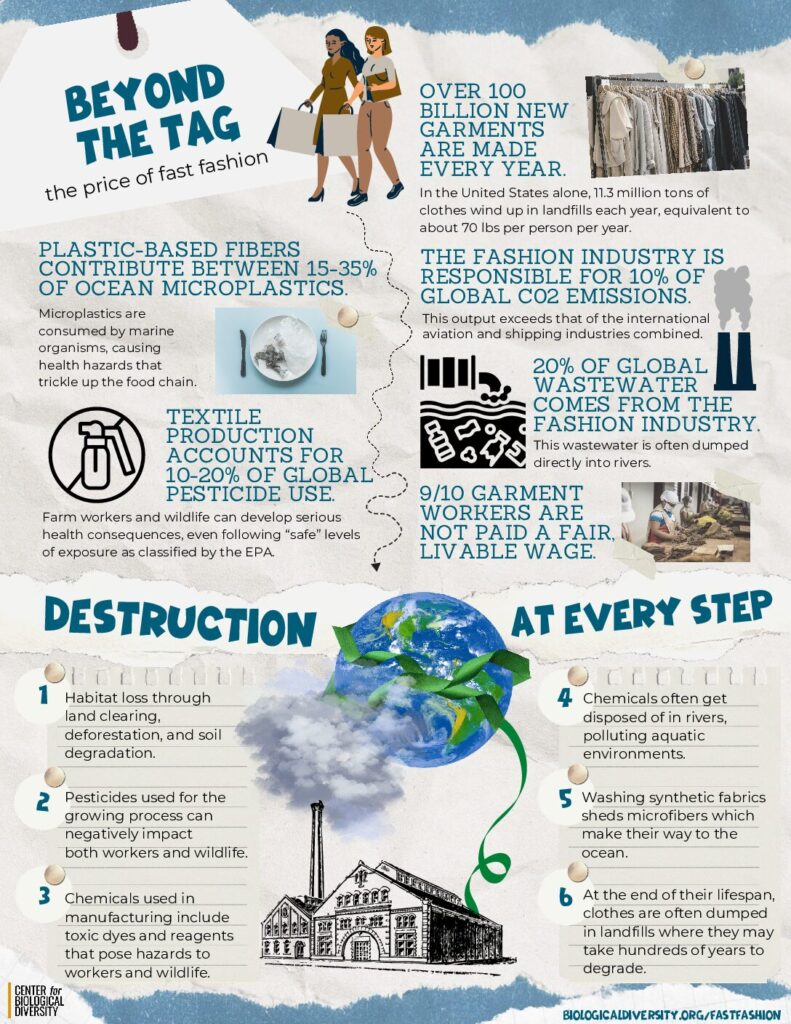
Okay, so you had the Clothing Swap. What happens with all the leftover clothes?
I’m glad you asked. After all was said and done, I was left with over 20 trash bags filled with clothing….I had a lot of work to do. (Shout out to my friend Lola who helped me sort through it all) I really didn’t want to just dump things at Goodwill. Those stores are all over the place, overloaded with donations, and kicking up prices like nobody’s business.
Instead, I sought out opportunities to donate directly to the local community. I wanted it to go to people who not only really need it but can get it for free. After much searching, I found a few places to distribute the clothes.
001.
textile recylcing
First things first, everything should be donated with dignity. There are some things that just don’t have wear life left. Old socks, underwear, shirts with dark armpits. Ripped, stretched, shrunk, or stained, if I wouldn’t wear it in its current state, I don’t expect someone else to. But before tossing those things in the trash, remember that textile waste ends up in landfills and it’s avoidable! Never throw away clothing if you can help it.
I really like For Days because they give back to you when you send them your textiles to be recycled. On their website you can order “Give Back bags” they’re $20 each, but once you’ve returned it, they give you $20 of Closet Cash to spend on their website or turn it into Trashie Cash to redeem gift cards. Check it out.
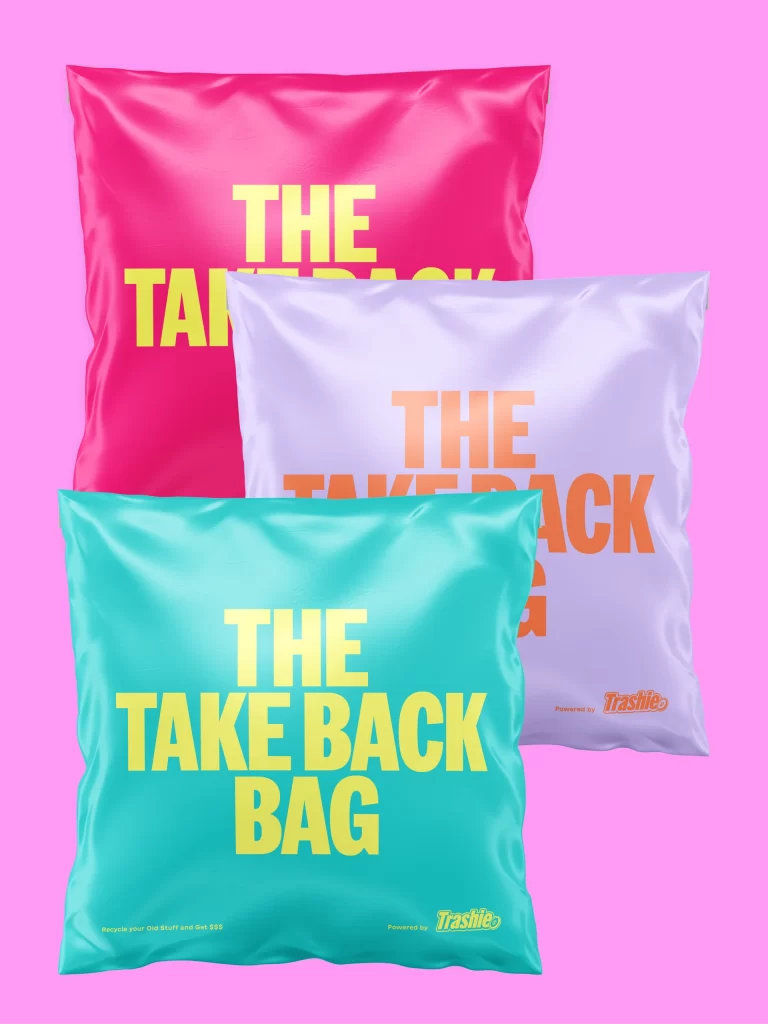
I know it seems a lot easier to just throw away old socks or underwear your dog chewed up, but it’s also pretty easy to keep a small bin in the laundry room to collect bits here and there until you have enough to send them in to be recycled.
Bonus! If you have old towels or blankets, you could also donate them to your local animal shelter.
002.
Donating items in good condition
Items that were in good, wearable condition found their home at local organizations. A few of my priorities in finding these were the population they served, the work they do, and being free to people who need them. I also tried to stay away from organizations based in a certain faith. Lila By Alexa Jo is not rooted in religion and while I think those organizations are likely doing great work, I also know they tend to get a lot of attention and donations from members of the church whereas other orgs may not have that reach. I really wanted the clothing to go to organizations doing work for homeless youth and people escaping domestic abuse. However, a lot of them weren’t accepting donations or only accepted new clothing, so it was actually trickier than anticipated.
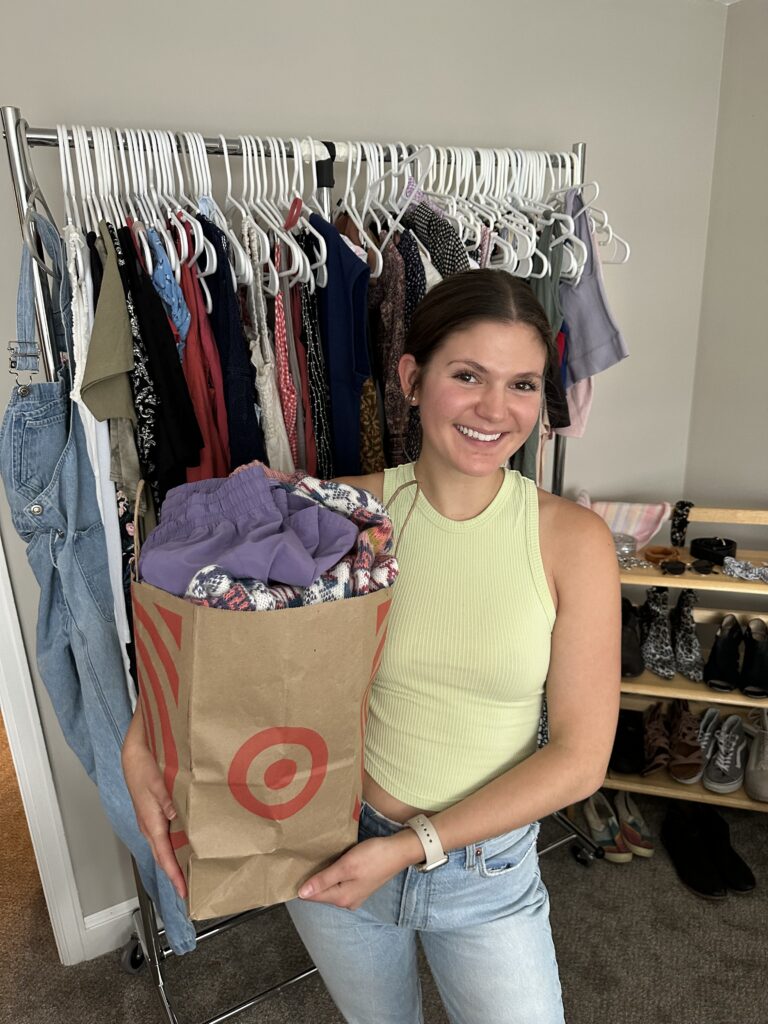
Here’s what I went with:
- HOPE 4 Youth
- HOPE 4 Youth provides services to people ages 16-24 in the twin cities area who are experiencing homelessness. Some of their services include help finding emergency shelter and long-term housing, education and employment opportunities, and community. Among many of their offerings is a closet where youth can shop for free. I strongly recommend you take a look at their impactful work.
- Family Pathways
- Family Pathways provides many supportive services. One of the ways they fund their work is with their thrift stores. While people can’t shop for free there, sales at these thrift stores fund their services of domestic and sexual violence prevention, victim services, supervised visitation, healthy food access, and services for older adults and caregivers. I’m glad I chose to seek out a local thrift store that is giving directly back to the community rather than one of the bigger chains. Check out their services and locations.
other great options:
- If you’re in Minnesota, Joseph’s Coat is a donation center where people in need can shop for free. Before dropping your stuff off, consider finding places people can access them without needing money. Just make sure you check what items they do and don’t accept or need at that time.
- YouthLink is similar to Hope 4 Youth in terms of their work.
- Dress For Success helps women with their career development to break the cycle of poverty. If you have professional clothing to donate, this is a good spot to go.
- Someplace Safe provides services for victims of crimes such as abuse, trafficking, and sexual exploitation. Their thrift stores fund their work and their clients are given vouchers for those thrift stores to be able to get items they need.
- If you’re outside of Minnesota (certain states) The Epilepsy Foundation is another great option. They take clothes for any age and size. They will often schedule a pickup at your house or you can find a drop bin.
to close
Now I’m not trying to tell you to never buy new things. I do!!! I’m not standing here pretending to be the most sustainable person ever. I drag my trash out every week just like anybody else. I use floss picks (sorry earth, they just can’t be beat) and I won’t claim that I don’t. But doing things like this can create change little by little. It brings people together and you can feel good about your consumption.
